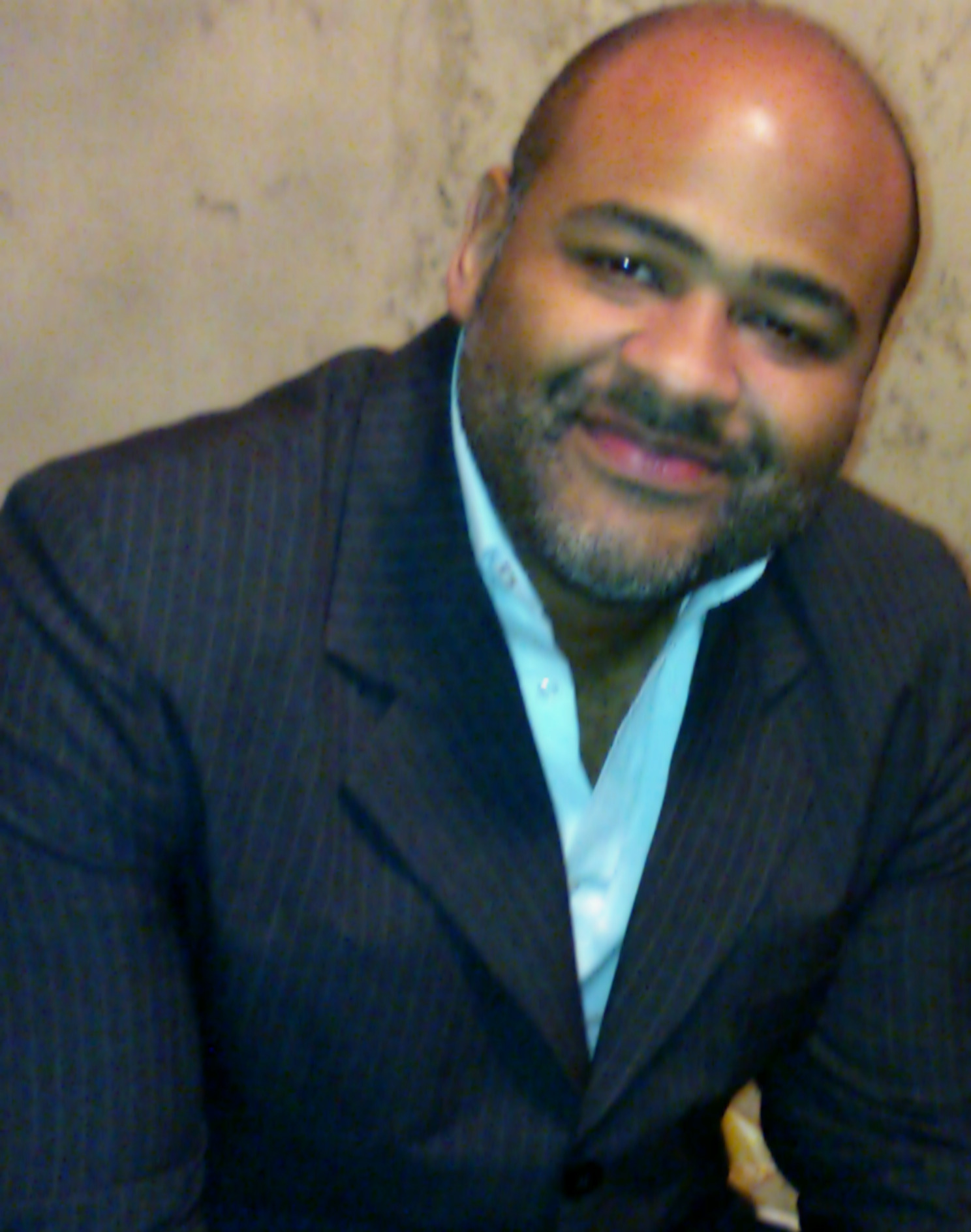 *By Marcelo Nery
*By Marcelo Nery
“Sampa”. “Stone Jungle”. “The locomotive of Brazil”. "The city that never sleeps". “The city that doesn’t stop”… There are several expressions commonly associated with the city of São Paulo. However, few remember that one of these statements was: “São Paulo must stop!”.
In the 1950s, the population of São Paulo jumped from just under 2.2 million inhabitants to more than 3.6 million. At that time, anthropologist and professor Claude Lévi-Strauss observed: “The city is developing so quickly that it is impossible to draw a map: each week would require a new edition.” In practice, when accelerated population growth is not accompanied by an equivalent expansion of infrastructure (environmental, sociocultural and economic), social demands accumulate. Therefore, it is not difficult to understand the point of view of those who indicated the process of urban growth as responsible for São Paulo's social problems and, consequently, as something that needed to be interrupted.
I will not argue here that São Paulo should stop. In fact, I don't think it's possible or desirable. However, as we celebrate the city's 470th anniversary, I argue that Brazilians, Paulistas and São Paulo residents should. And, in this brief moment, contemplate what we were, what we are and what we intend to be.
In cities, analyzes of social changes are references to their temporalities and specificities: the growth pattern, the expansion of peripheral neighborhoods, the late State action, socio-spatial segregation, the different degrees of inclusion/exclusion, ecological problems, civil and economic vulnerability, lack of trust and legitimacy in laws and institutions, manifestations of violence, among others. Each of these aspects is very revealing.
In fact, rapid city change tends to lead to social disorganization; There are few spheres of social life that remain balanced or integrated in this condition. Public services do not keep up with urban growth; there is a housing crisis, despite the accelerated pace of construction; the transport system appears to be inefficient, affecting ecosystems and the quality of life of communities. Ultimately, disorderly growth manifests itself in unequal levels of infrastructure and use of technology to meet the vital needs of the population.
We already know a lot about all this. So, the question that arises is not “where do we come from” or “what are we”, but “where are we going” – or, in fact, where do we want to go. At this moment we realized that, in São Paulo, there is room for both permanence and innovation.
Permanence (affirmation and repetition) becomes more beneficial when we understand how the mechanisms of change readjust the parts of the social system to keep it cohesive and known. The challenge here is to understand what changes in a society, the pace of transition and the factors that contribute to its development and transformation.
With regard to innovations (process and result), they are more effective when we simultaneously consider the favorable or unfavorable conditions for development and the impacts on the reintegration of the social system in light of the changes we seek to implement. This assessment covers crucial elements such as the local context, timing and vulnerabilities of affected groups.
In a dynamic metropolis like São Paulo, where past and future coexist, the concept of a smart city gains prominence. Integrating technology, data and citizen participation, connected cities must optimize urban services, promote sustainability and promote the well-being of all. In this scenario, reflection on “where we want to go” becomes intrinsically linked to the vision of a resilient and efficient city, capable of adapting to changes, anticipating challenges and, thus, creating a more technological and human environment.
*Marcelo Batista Nery is a researcher at think tank from ABES and the Oscar Sala Chair at the Institute of Advanced Studies at USP (IEA-USP), coordinator of Technology Transfer and Head of the PAHO/WHO Collaborating Center (BRA-61) at the Center for Violence Studies at the University of São Paulo .
Notice: The opinion presented in this article is the responsibility of its author and not of ABES - Brazilian Association of Software Companies













